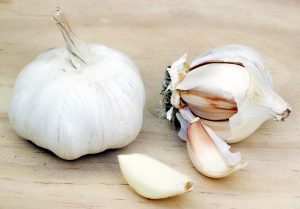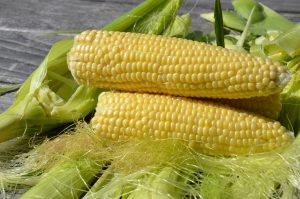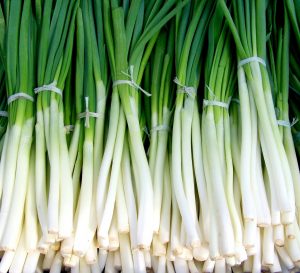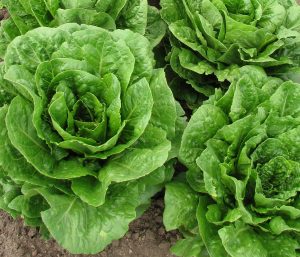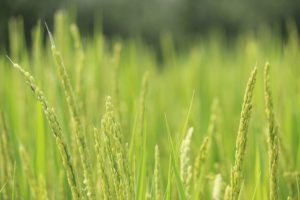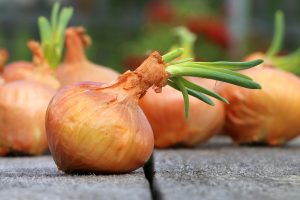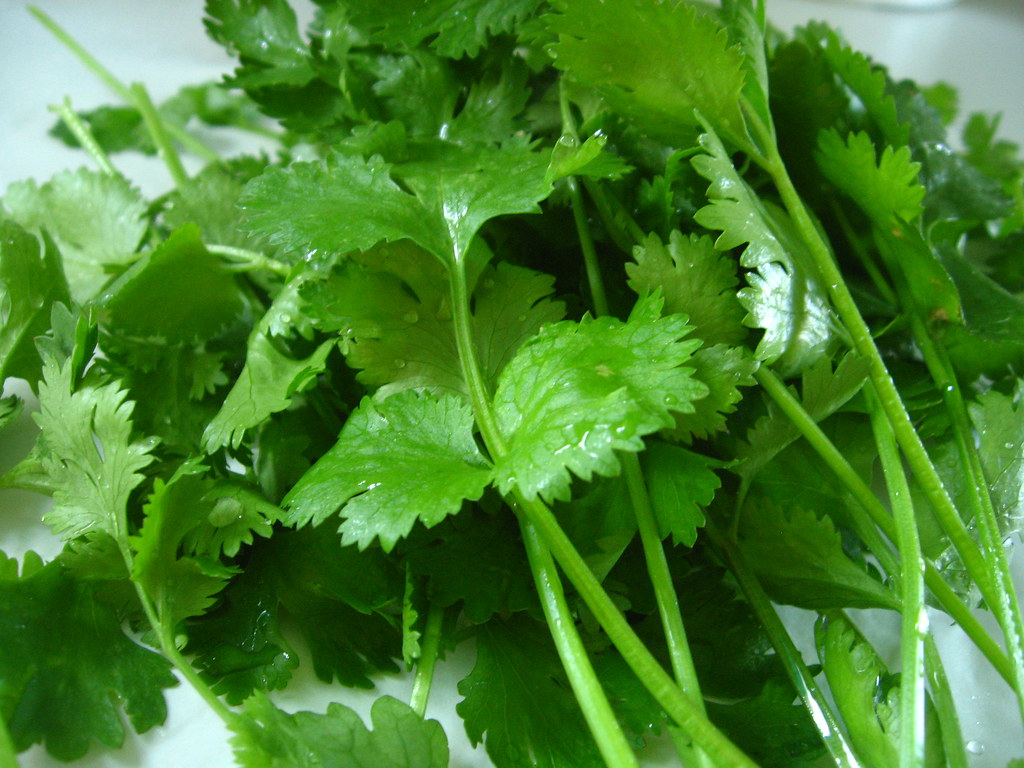
Cilantro, also known as coriander, is a well-loved herb in many cuisines worldwide. From Mexican salsas to Vietnamese pho, cilantro adds a distinctive fresh and tangy flavor to any dish. But did you know that growing cilantro can be a fascinating and easy endeavor? With the right care, you can have your own cilantro harvest right from your garden or windowsill! In this blog post, we will guide you through the essential steps on how to grow cilantro, from selecting the right soil and seeds to harvesting and storing them. Whether you’re an avid gardener or simply looking for ingredients for your next recipe, this guide will provide you with everything you need to know to get started. So let’s roll up our sleeves and start cultivating some delicious cilantro!
Optimal Soil Conditions for Cilantro Growth
Cilantro is a versatile herb that grows well in various soil types, but it thrives in well-draining soil with a pH between 6.2 and 6.8. In order to grow cilantro successfully, it is essential to choose a site with optimal soil conditions. The previous sections have highlighted that spacing seeds 1 to 2 inches apart and sowing them at 3-week intervals can promote continued harvest, while planting cilantro seeds to inches deep is ideal. Additionally, it is important to keep the soil moist until the seeds sprout, and then maintain an even level of moisture without making the soil soggy. By following these guidelines, cilantro can flourish and provide a bountiful harvest for any garden enthusiast.
When to Plant Cilantro
Once you have prepared the optimal soil conditions and chosen a sunny site for your cilantro plants, it’s important to know when to plant them. For best results, cilantro seeds should be sown in the early spring or late summer. If you live in a warmer climate, it’s best to plant in the fall when temperatures are cooler. It’s recommended to sow the seeds at three-week intervals for a continued harvest throughout the growing season. By spreading out the planting, you can ensure a consistent supply of fresh cilantro when you need it. With the right timing and regular planting, you can enjoy a robust and healthy cilantro crop throughout the year.
Sun and Soil Requirements for Cilantro Plants
To ensure the best growth for cilantro plants, it is crucial to provide them with the right amount of sun and soil conditions. Cilantro can be grown in full sun, but it is advisable to offer partial shade in regions with intense heat, especially the South and Southwest. Ideally, cilantro should be planted in loose, well-drained soil with a pH range of 6.2 to 6.8. It can tolerate both full sun and some shade, but it’s best to provide afternoon shade in warmer regions. For continued harvest, one can sow seeds at three-week intervals while spacing them 1 to 2 inches apart. Thin the plants to about 3 to 4 inches apart after three weeks of germination. Cilantro is a versatile herb that does not require full, all-day sun to grow, making it an ideal option for gardeners who may not have a lot of sun exposure in their planting area. Aspiring cilantro growers can ensure healthy plants by providing them with the proper sun and soil requirements.
The Importance of Choosing a Sunny Site for Cilantro
When it comes to growing cilantro, choosing the right site is critical to the success of your crop. As mentioned in previous sections, cilantro loves full sun, and while it can tolerate some shade in hot climates, it really thrives in areas that receive at least six hours of direct sunlight per day. If grown in the shade, the herb may become spindly and produce fewer leaves, which can be disappointing if you are looking forward to a bountiful harvest. When selecting a planting site, consider the location carefully, making sure to choose a spot that gets plenty of sunlight throughout the day. If planting in a garden, consider the taller plants or structures nearby that may block the sun’s rays. Also, be mindful of the heat, as too much of it can promote premature flowering and seed production, cutting your harvest short. In short, to grow cilantro successfully, it’s vital to choose a spot that provides the consistent and ample sunlight that cilantro needs to thrive.
Recommended Planting Bed for Cilantro
When it comes to growing cilantro, the bed or container you choose can make a big difference in the success of your plants. A loose, well-drained soil is essential, so it’s important to choose an area with proper soil conditions. It’s best to plant cilantro seeds directly in the bed or container, rather than using transplants. When planting, make sure to space the seeds or seedlings appropriately, depending on what you’re growing from. It’s also important to keep soil moisture levels consistent, as cilantro doesn’t tolerate drought well. Following these guidelines will help ensure healthy and productive cilantro plants that provide fresh flavor to all of your favorite dishes.
The Ideal Growing Conditions for Cilantro
Cilantro thrives in specific environmental conditions, making it crucial to provide the ideal growing conditions to ensure optimal growth. As aforementioned, cilantro can adapt to both full sun and partial shade, but southern and southwestern regions should provide some shade due to intense sunshine. Loose, well-drained soil is also necessary for cilantro growth, regardless of the location. In addition, plant the seeds inch deep and 2 inches apart if the plant’s leaves are the primary harvest goal. However, if you plan to harvest coriander seeds, space the seeds 3-4 inches apart. Moreover, once the seeds have sprouted, thin the plants to 3-4 inches apart to maximize growth. It’s also imperative to keep the soil moist until the cilantro reaches maturity. By adhering to the ideal growing conditions, cilantro plants will produce a bountiful and healthy harvest for your culinary needs.
Proper Seed Depth and Spacing for Cilantro Seeds
When it comes to growing cilantro, proper seed depth and spacing are crucial factors to ensure healthy plant growth. Seeds should be planted about 1/4 to 1/2 inch deep and spaced roughly 1 to 2 inches apart. If planning to use the plant for its leaves, seeds can be planted slightly closer together. It’s also advisable to sow more seeds than you think you’ll need, as not all of them are guaranteed to germinate. For those growing cilantro in rows, spacing the seeds every 2 inches along the row, 1 cm deep will help ensure proper spacing. Always keep the soil moist until the seedlings germinate, and thin any seedlings to avoid overcrowding. By following these guidelines for proper seed depth and spacing, you can encourage healthy and abundant cilantro growth in your garden.
Soil Moisture Requirements for Cilantro Plants
Maintaining proper soil moisture is crucial for growing healthy cilantro plants. Cilantro likes evenly moist soil, so make sure to water it regularly and thoroughly. However, avoid overwatering as it can lead to root rot. The soil should be moist but not waterlogged. Cilantro needs about an inch of water each week, especially when plants are getting established. Once they are a few inches tall, space out watering to prevent water stress. Proper soil moisture will encourage cilantro to produce more foliage and promote its growth. By paying attention to the soil moisture, gardeners can ensure they have a continuous supply of fresh cilantro leaves for their culinary creations.
Cilantro Harvesting Tips and Techniques
Once cilantro plants have reached their mature size of 6 to 8 inches, it’s time to start harvesting. Harvesting cilantro is relatively simple; all you need to do is snip off leaves as needed, leaving at least half of the plant intact to continue growing. It’s important to harvest the leaves frequently to prevent the plant from going to seed early. When cilantro goes to seed, its flavor significantly diminishes. To ensure a continuous harvest, sow new seeds every three weeks. Cilantro is best harvested in the morning, as the leaves are fresher and wilt less quickly during the cooler part of the day. Remember to wash and dry the harvested leaves before use. With a little practice, cilantro harvesting can be done quickly and efficiently, providing you with fresh, flavorful herbs for all your culinary needs.
Description and Characteristics of Cilantro Leaves
Cilantro leaves are light green, feathery, and flat. They have a distinctive aroma and flavor, which is why cilantro is commonly used in many dishes. Harvesting the leaves is easy, but it is important to know when to harvest them. The best time to harvest cilantro leaves is when the plant is about six inches tall. To do this, gently cut the leaves off with scissors or pinch them off with your fingers. When harvesting cilantro leaves, be sure to only take up to one-third of the plant’s leaves at a time to ensure continued growth. Additionally, it is important to note that cilantro leaves can wilt quickly, so it is best to use them as soon as possible after harvesting.

